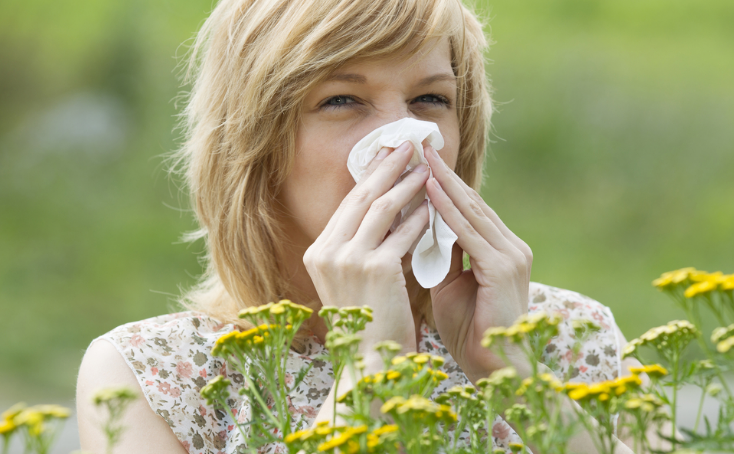Who doesn’t love spring? Spring is a pleasant time of the year but it is time for seasonal allergies. When the plants produce pollen, several people with hay fever start to sneeze and sniffle. The spring allergy does not have any cure but some steps can be taken in order to control them.
Causes of Spring Allergy
The biggest cause of spring allergy is pollen. Pollen is released from trees, weeds, and grasses. This small grain is released into the air in order to fertilize other plants. When these enter the nose of someone who is allergic, makes the body’s defense nonfunctional.
The immune system sees the pollen as harmful and releases the antibodies that attack the allergens. As a result of this, a chemical histamine is released into the blood. The histamine triggers itchy eyes or itchy nose and runny nose. The pollen can travel for miles so it is not about the plants in your neighborhood.
Types of Spring Allergies
There are many types of spring allergies. Here are most common types of spring allergies.
Tree Pollen
This is one of the most common types of allergy. Tree causes allergy because they release small pollen cells. They are dry and light that can easily be carried far by air. Some of the common types of trees that trigger hay fever are:
- Maple
- Oak
- Sycamore
- Birch
- Hickory
- Cypress
- Western red cedar
- Elm
- Ash
- Poplar
- Walnut.
Some of the symptoms that are the result of tree pollen are:
- Sneezing
- Watery eyes
- Itchy nose and eyes
- Dark circles under the eye
- Runny nose
- Coughing.
When the weather will be warm and dry, allergies will become worse. You might get some relief on rainy days or when there is no wind.
Mold
Mold like yeast and mildew produce seeds called spores, they are carried by the wind. Spores are abundant in the air outside and causes the worst allergy. The symptoms can last from spring to fall. Molds can be found inside your home and outside your house.
Some of the outdoor molds include:
- Cladosporium
- Alternaria
- Homrmodendrun.
Some of the indoor molds are:
- Penicillium
- Aspergillus.
Symptoms of mold allergy are:
- Runny nose
- Watery eyes
- Itchy eyes and nose
- Sneezing
- Congestion
Diagnosis
When you visit an allergist they may give you a skin test. The skin test can be of 2 types, either it will be pricking the surface of the skin with a small quantity of allergen. On the other hand, they might inject a sample of allergen in small amount under the skin on the back or arm. Are you wondering what will happen next? A small red bump will be formed usually called hive. In some case, a blood test can be conducted to diagnosing the allergy.
Therefore, with the help of some natural remedies, you can relief the symptoms of spring allergy. For nasal irrigation, you can use a combination of warm water and add some salt and baking soda. This will clear the sinus passage and clear out the mucus.
DISCLAIMER: The medical information on this site is provided as an information resource only, and is not to be used or relied on for any diagnostic or treatment purposes. This information is not intended to be patient education, does not create any patient-physician relationship, and should not be used as a substitute for professional diagnosis and treatment.


